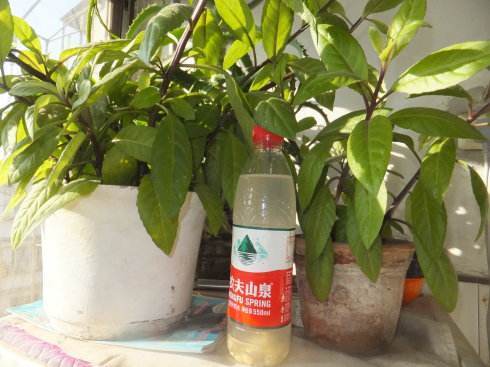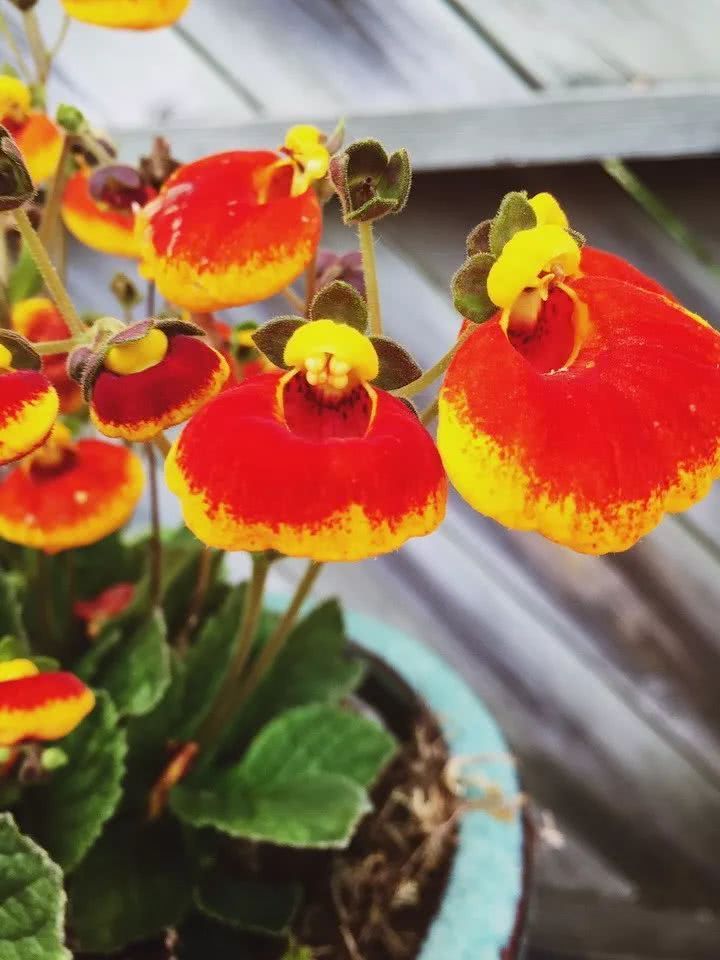It is not as nutritious as Rain Water and rice water to water flowers.

After growing flowers for a long time, we can sum up some tips for growing flowers, such as everyone will try to use rice water to water flowers, vegetable water to water flowers and so on. In fact, there are many tips for growing flowers, some of which are flexible and changeable. Take Amoy rice water for example, in addition to it, there is also a kind of flower watering water, which can be said to be omnipotent water for growing flowers. It is more nutritious than Amoy rice water, and it is not difficult to make it. No matter what kind of flower plant it is, as long as you water a bottle of it regularly, the leaves will grow greener and bloom will increase.
It is nitrogen-rich organic fertilizer and water: soybean solution.
When it comes to watering flowers, many flower lovers should know that if you want to raise flowers well, watering flowers is more important than other factors. "three points of fertilization, seven points of watering" is the truth of growing flowers. In the daily process of flower cultivation, there are no more than these kinds of water used to water flowers, namely: tap water, Rain Water and rice water and other domestic wastewater. I don't know, each has its own advantages and disadvantages. Tap water contains a small amount of chlorine and magazines, which is not conducive to flower growth, Rain Water is not easy to come by, Amoy rice water and other domestic wastewater, the nutritional value is not high. And soybean solution can be said to be better than all of them in watering flowers.
What is the advantage of watering flowers with soybean solution
If you use soybean solution to water flowers for a long time, the leaves of plants and flowers will become brighter and brighter. Why is this? Because the soybean solution contains a lot of soybean protein, its composition is quite a lot of nitrogen elements. Nitrogen is a necessary element for flower stems and leaves to thrive. Especially in the peak season of flower growth, such as spring and autumn, more nitrogen fertilizer is very conducive to flower growth. So how do you make this solution to water the flowers? Is the production process complicated? In fact, it is not difficult at all, and soybeans believe that every family has it, and it is easy to draw materials.
The method of making flower watering soybean solution
First of all, prepare some soybeans, soak for a day and then cook them, and then mash them directly. Mash it into a mineral water bottle, fill it with water at the ratio of 1:10, shake it well, and screw the lid on. At this point, it doesn't mean it's over, because we have to let the soybean solution ferment first. Like Amoy rice water, it needs to be fermented in order not to burn the roots of flowers in flowerpots. The above mineral water bottles can be fermented in a week or two outside. Then you can use it to water the flowers. Of course, when watering the flowers, it will have a sour taste, which means that the fermentation is over. If you think the smell is too strong, you can add some orange peel or dilute it before watering the flowers.
The flower watering made according to this method can be used to water some flowers such as magnolia, jasmine, gardenia, orchid and so on. Basically ensure that it is watered once a month, so that the flowers can flourish. Of course, soybean solution can not replace the daily watering of flowers, after all, it is already a kind of fat water, not simple water. Pay attention to the time interval when watering flowers with soybean water. Excessive watering will lead to the excessive growth of flower leaves.
This is the end of the knowledge about growing and watering flowers. Thank you for reading!
Remember to like and share.
- Prev

A gorgeous plant with flowers that look like a lady's purse and want to raise a few pots when they see it.
Some plants grow very strange or very gorgeous, so they become very popular potted ornamental plants, such as the common balsam flower, also known as lotus flower, it is a very small herb, its flower stem is relatively.
- Next

The roots of plants that need to be replaced in autumn are estimated to be difficult to survive the winter
Autumn needs to change pots of plants, roots grow like this, it is estimated that it is difficult to spend winter a lot of flower friends will pay attention to me, because I often send some small tricks about flower cultivation, or a better method. Flowering is simple...
Related
- Wuhan Hospital Iron Tree Blooming Result Was Instantly Frightened by the Gardener Master
- Which variety of camellia is the most fragrant and best? Which one do you like best?
- What is the small blue coat, the breeding methods and matters needing attention of the succulent plant
- Dormancy time and maintenance management of succulent plants during dormancy
- Minas succulent how to raise, Minas succulent plant pictures
- What are the varieties of winter succulent plants
- How to raise succulent plants in twelve rolls? let's take a look at some experience of breeding twelve rolls.
- Attention should be paid to water control for succulent plants during dormant period (winter and summer)
- Watering experience of twelve rolls of succulent plants
- Techniques for fertilizing succulent plants. An article will let you know how to fertilize succulent plants.

